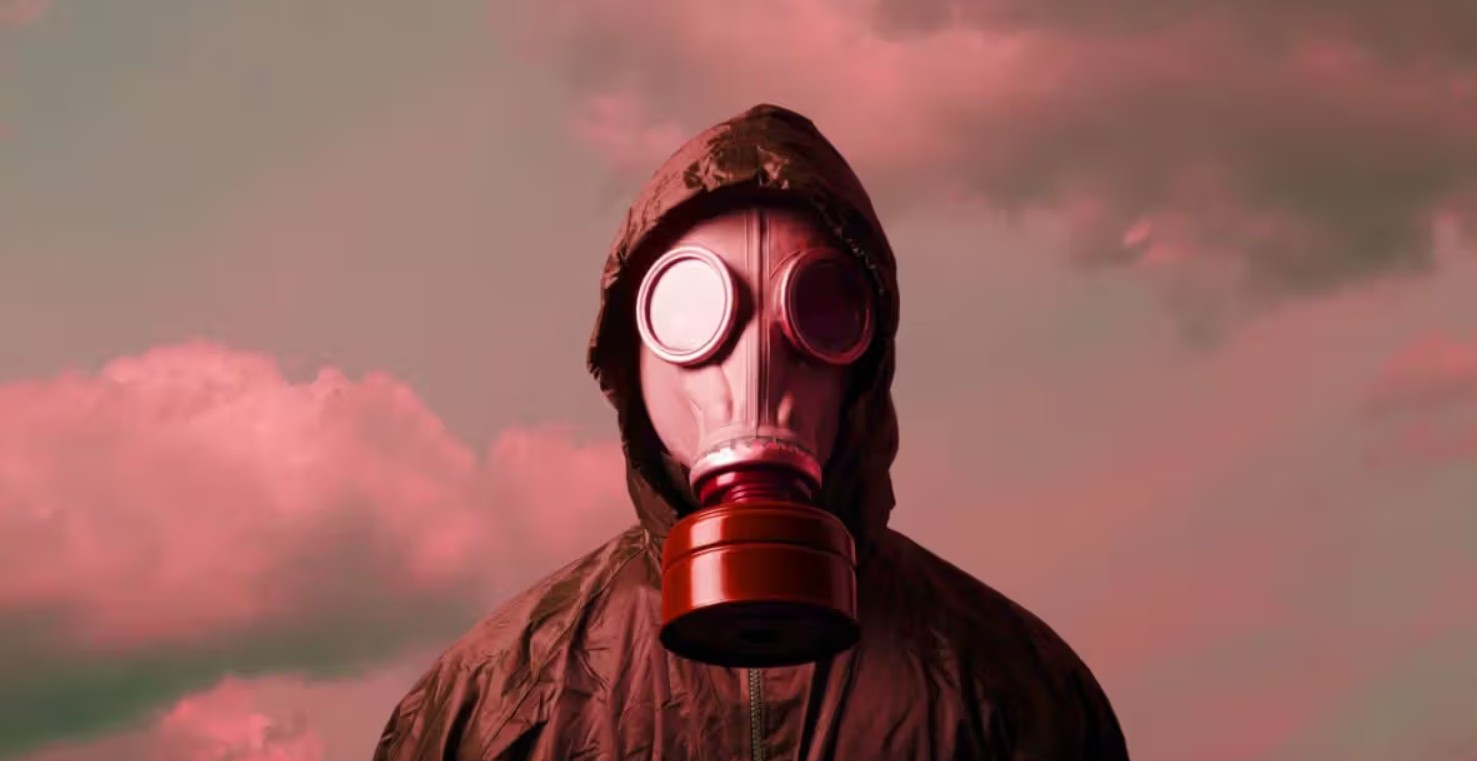Biological Weapons and Bioterrorism – Past, Present, and Future
Biological Weapons and Bioterrorism – Past, Present, and Future
Biological weapons have been a part of human history for centuries, and their use has evolved significantly. These weapons, which utilize microorganisms or toxins to inflict harm on humans, animals, or plants, have the potential to cause widespread devastation. Bioterrorism, the use of biological agents to create fear, panic, and political leverage, is a modern threat that raises serious concerns about global security. In this article, we explore the history, current challenges, and the future of biological weapons and bioterrorism.
The Past – A Dark History of Biological Warfare
The use of biological agents as weapons dates back to ancient times. In the 6th century BCE, the Scythians poisoned enemy water supplies with infected bodies. During the Middle Ages, besieging armies would hurl diseased corpses over city walls to infect the defenders. The most notorious early example of biological warfare came during World War I, when both the Central Powers and the Allies attempted to infect enemy livestock with anthrax and glanders.
In World War II, Japan’s Unit 731 conducted horrifying experiments on prisoners of war, using biological agents such as plague and anthrax in an effort to develop biological weapons. Similarly, the United States and the Soviet Union, during the Cold War, extensively developed and stockpiled biological weapons, including anthrax, smallpox, and botulism toxin. However, due to the destructive power of these weapons, both nations, along with other global powers, eventually signed the 1972 Biological Weapons Convention (BWC), which banned the development, production, and acquisition of biological weapons. Despite this, concerns about bioweapons persisted throughout the latter half of the 20th century.
The Present – Bioterrorism and Global Security Concerns
Today, the threat of bioterrorism remains a significant concern for national security, public health, and international relations. Bioterrorists, unlike state actors, may use biological agents to target civilian populations, disrupt economies, and create widespread fear. High-profile attacks, such as the 2001 anthrax attacks in the United States, where spores of anthrax were sent through the mail, demonstrate the real and present danger of bioterrorism. Fortunately, in that case, the threat was contained, but it highlighted the vulnerability of societies to such attacks.
Biological agents like anthrax, botulinum toxin, ricin, and smallpox are some of the most concerning agents for bioterrorism. These diseases can spread rapidly and are difficult to detect or counter in time. Additionally, the rise of globalization and modern transportation systems makes it easier for such pathogens to spread across borders quickly, amplifying the potential damage of an attack.
Public health systems and governments worldwide are more aware of these risks today than ever before. Many countries have strengthened their bioterrorism defenses, investing in research, surveillance, and preparedness. National and international health organizations, such as the World Health Organization (WHO), also play a critical role in monitoring and responding to outbreaks of disease that may be linked to bioterrorism.
The Future – Evolving Threats and Countermeasures
The future of biological weapons and bioterrorism is a matter of concern and vigilance. As science and technology advance, the potential for the creation of new, more potent biological agents increases. With the development of gene editing technologies, such as CRISPR, there are growing concerns that biological agents could be engineered in laboratories with enhanced resistance to treatment and greater infectivity.
Additionally, synthetic biology, which allows for the construction of novel organisms, could create entirely new bioweapons that are difficult to detect and defend against. This makes it more crucial for the international community to stay ahead of emerging threats and ensure that the benefits of biotechnology are not misused for malicious purposes.
On the other hand, advancements in biotechnology also offer promising countermeasures to bioterrorism. Enhanced detection methods, vaccines, and therapies are being developed to respond to potential outbreaks quickly. Early detection systems, such as environmental monitoring and rapid diagnostic tools, are vital in identifying biological agents before they spread. The use of artificial intelligence (AI) and machine learning to predict and track outbreaks could also play a critical role in future preparedness.
Moreover, international cooperation will be essential in combating the future threats posed by biological weapons and bioterrorism. The Biological Weapons Convention, although not perfect, remains a key framework for global disarmament efforts. Strengthening this agreement and ensuring that countries adhere to it is essential in preventing the proliferation of biological weapons.
The threat of biological weapons
The threat of biological weapons and bioterrorism has evolved dramatically over the centuries, and it continues to present a significant challenge to global security. While the past was marked by state-sponsored programs and crude biological warfare tactics, today’s threat lies in the hands of non-state actors, such as terrorist groups and rogue individuals, who have access to sophisticated biological agents. As we move into the future, the development of new technologies and the global interconnectedness of societies make it even more important to address these threats with vigilance and collaboration.
The key to combating the growing risk of biological warfare and bioterrorism lies in preparedness, early detection, and international cooperation. By fostering advancements in medical research, strengthening security measures, and adhering to international conventions, the world can better protect itself from the potentially devastating effects of biological weapons. The fight against bioterrorism is ongoing, and it will require constant innovation and vigilance to safeguard the future from this ever-evolving threat.
Also Read-
Rising Concerns Over HMPV Surge in China – How Does It Compare to COVID-19?
